We’ve all been there – you step into the shower, crank the tap, and instead of steam you get a blast of icy water. It’s frustrating, but most emergencies are fixable in minutes with the right steps. Below are the quickest ways to get your shower back to normal without waiting for a technician.
First, make sure the problem isn’t something simple you can spot. Is the hot water tap turned all the way on? Sometimes we forget the hot knob is separate from the cold one. Next, check if other taps in the house have hot water. If the kitchen tap or bathroom sink is still warm, the issue is likely the shower valve or the mixer rather than the whole water heater.
If every tap is cold, the water heater is the likely culprit. Look at the pilot light on a gas heater – is it out? For electric heaters, see if the circuit breaker has tripped. Resetting a breaker or relighting a pilot can restore hot water in under five minutes.
When the water heater seems fine, the shower’s internal components may be the problem. Many showers use a thermostatic mixing valve that can get clogged with mineral deposits. Unscrew the valve cover (usually a small screw on the side), remove any visible debris, and re‑assemble. A quick flush with clean water often restores proper temperature control.
If you have a single‑handle shower, the cartridge inside can wear out. Turn off the water supply at the nearest stop‑cock, then remove the handle and the cartridge. Replacing it with a new one is cheap and takes less than 15 minutes. You’ll feel an immediate difference in water temperature stability.For showerheads that spray weakly, mineral buildup can affect both flow and temperature. Soak the head in a bucket of white vinegar for an hour, then scrub with an old toothbrush. Rinse it off and reinstall – you might get stronger pressure and a more even mix of hot and cold water.
Another fast fix is to bleed air from the system. Sometimes after a water heater repair, air bubbles get trapped in the pipes, giving a sudden cold burst. Turn on the hot tap at the furthest fixture from the heater, let it run for a few minutes, and then check the shower. The trapped air usually escapes, restoring normal temperature.
If you’re dealing with a tank‑less water heater, a reset button is often hidden behind a small panel. Press it and wait a minute; the system will recalibrate. This step solves many “no hot water” complaints in seconds.
When none of these steps work, it’s time to call a professional. Persistent cold showers can mean a failing heating element, a broken pump, or a leak in the hot‑water line. Trying to force repairs beyond basic DIY can cause more damage and higher repair costs.
Remember, regular maintenance keeps emergencies at bay. Flushing your water heater once a year, descaling shower components, and checking the pressure‑relief valve can prevent sudden cold showers. A quick checklist before you head out of the house can save you from that icy surprise.
So the next time your shower betrays you with a cold blast, skip the panic and run through these tips. Most problems are resolved in under ten minutes, and you’ll be back to a warm, relaxing rinse before you know it.
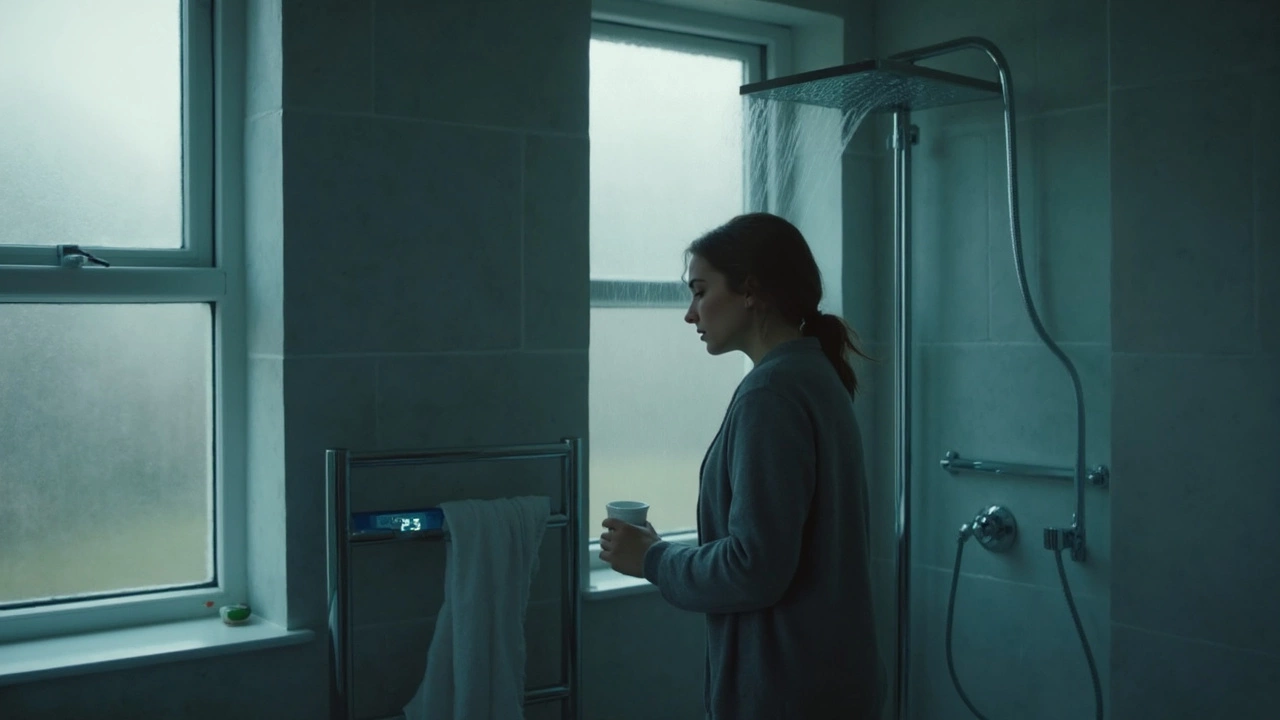
When your boiler breaks down, taking a comfortable shower suddenly feels like a luxury. This article explains exactly what happens to your shower when a boiler goes out, ways to still get clean, and when you should call in a professional. Learn alternative methods for washing, bust some myths about cold showers, and get tips on preventing future breakdowns. We even cover what to do if you have kids or need to keep up with fitness routines. Staying clean during a crisis isn’t impossible—you just need a bit of know-how and some creative solutions.
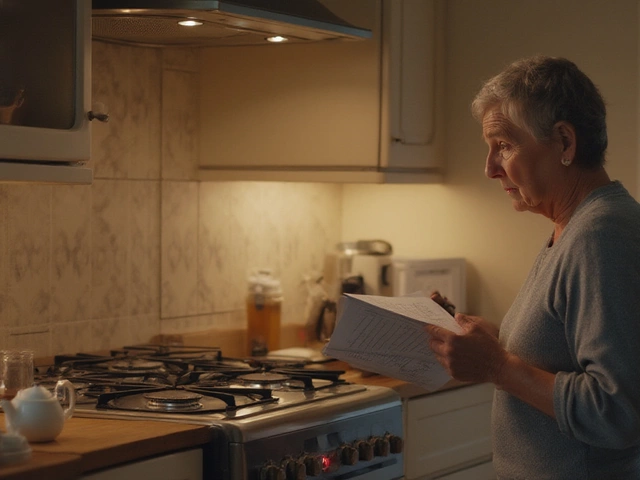
Spotting the two most common electric stove problems can make repairs easier. Learn how to catch signs like faulty burners and control issues with clear, helpful steps.
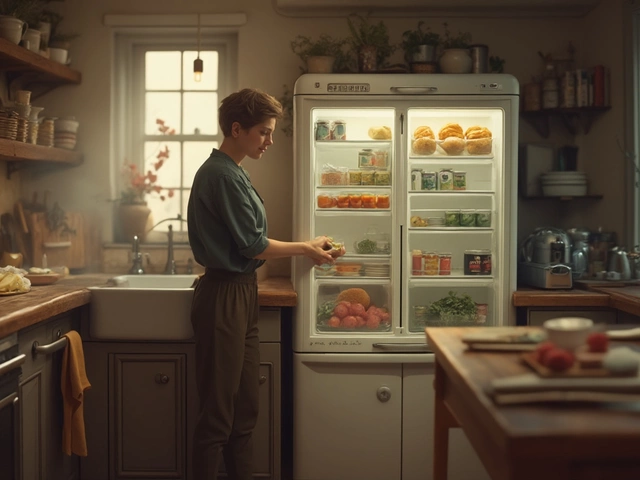
When your fridge stops cooling, it can be a real worry, especially with all that food at risk. Before you call the repairman, there are a few steps you can try yourself to bring your refrigerator back to life. From checking the thermostat settings to cleaning coils and examining door seals, you might find that a simple DIY fix does wonders. Understanding how these appliances work can also help prevent future hassles. This guide will walk you through the essential tips and tricks to get your fridge cooling again.
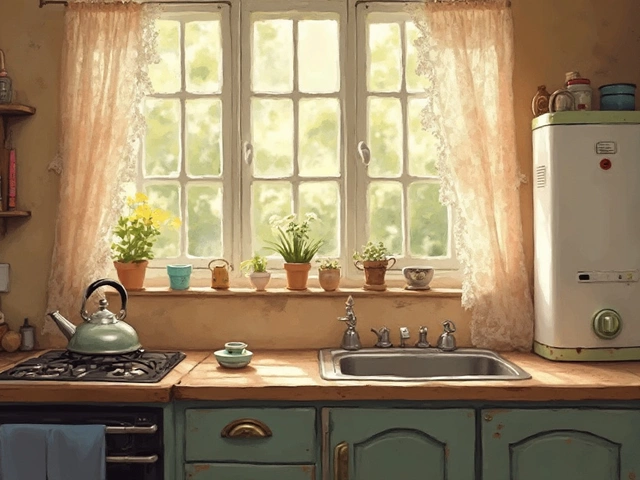
Deciding whether to repair or replace your hot water heater can feel overwhelming. This article explores practical considerations, including the age of the unit, repair costs, and long-term benefits. By understanding essential factors like energy efficiency and potential savings, homeowners can make informed decisions. Discover useful tips and interesting facts to help you choose the best course of action for your specific situation.
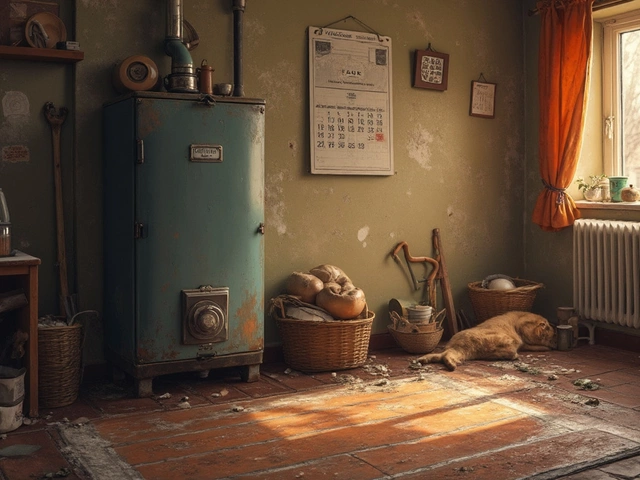
In the world of home heating, boilers are real workhorses. But have you ever wondered how long your trusty boiler will keep chugging along? Typically, a boiler can last anywhere from 15 to 20 years, depending on various factors like maintenance, usage, and quality of installation. Knowing when to fix or replace your boiler not only ensures a warm home but also helps you avoid unexpected expenses.

Ever got frustrated with cold showers while waiting for your hot water heater to get fixed? This article breaks down how long it really takes to repair different types of water heaters, from common issues you can fix yourself to problems that call for a pro. You'll learn what affects the repair timeline, plus some quick tips to speed things up. No more second-guessing if you’ll be stuck with icy water all day. Get the facts so you can plan around your next repair.